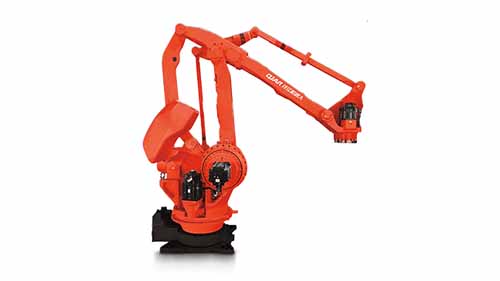
What are cobot palletizers? In the robotic world, palletizing is the process where an industrial robot is used to palace and stack packed goods onto a pallet for easier transportation. This is a convenient form of storage that helps save space in the warehouse and makes loading onto transportation much easier.
There are many forms of palletizing processes and mechanisms that have been used in the past, but robotic palletizing has taken over due to the fact that it gives you more control in the way you stack and arrange the goods.
We will be looking at robotic palletizers, how they function, how they can be programmed, the benefit they bring to the table, and the many challenges that come with using them for daily palletizing processes in the manufacturing plants.
Table of Contents
Palletizer Types
There are generally two main types of palletizers; conventional ones and automated ones, the ones being used in the modern manufacturing spaces. The two categories are differentiated in the following ways.
Layer Palletizers
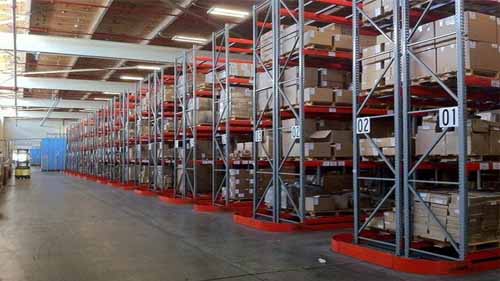
Source: Pinterest
These were the original palletizers that were ever introduced in the manufacturing line some years back when industrialization was at its peak. They have the biggest palletizing capacity as they are more flexible with the ability to create pallets of better build and quality. The layer palletizers can further be split into two groups based on the best the layers are built. They include the following:
Row-by-Row: These are set up with a row builder and are mainly used for palletizing processes that use medium speeds to get the job done. This is the kind of system factories go for when accuracy is the priority.
In-Line: The in-line system is used for high-speed palletizing in situations where packing and transportation have to be up to speed to keep up with the pace of other manufacturing processes.
The layer palletizing can also be graded based on the level that the layers are built. You can have a high and low level where the high level offers a much faster palletizing process but with limited access. A low level, on the other hand, is slower but provides people with direct access.
Robotic Palletizers
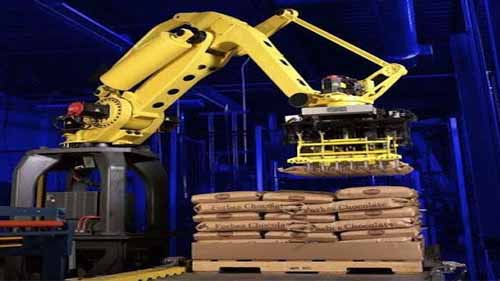
Source: Pinterest
Robotic cobot palletizers are a more recent invention that was created to make the process much faster and to eliminate human errors by leaving most of the work to automated machines. They are flexible, fast, accurate, and can adapt on the move to the slightest changes, even where complicated layer patterns are involved. There are three robotic palletizer types that fall under this umbrella category, and they include the following.
Six-Axis Industrial Robots: These are high-performance and high flexibility end robots that are designed for a wide range of tasks, including palletizing, among many others. They have a right end effector that is suited for the repeatable tasks that are palletizing.
Collaborative Robots: These are manufacturing robots that can work alongside human beings safely. The safety feature around them has made them the ideal option to go for when it comes to palletizing in systems that have not been fully automated. They are not as fast as fully automated robots, but they are faster and more efficient compared to humans. They can handle the boring and repetitive task of palletizing.
Dedicated Palletizing Robots: These are the best options to go for as they are robots that are designed for one function only, palletizing. They come with five axes, and they combine that with axis coupling, which allows them to handle heavier loads that can be as high as 800kg, something that humans cannot handle on their own.
Benefits of Using Palletizing Robots
There are reasons why palletizing robots have been gaining popularity in the manufacturing industries around the world. Every major industrial producer that has automated their system is making huge investments into getting the best palletizing robots that money can buy. The following are the benefits that are driving this rapid switch.
High Speeds
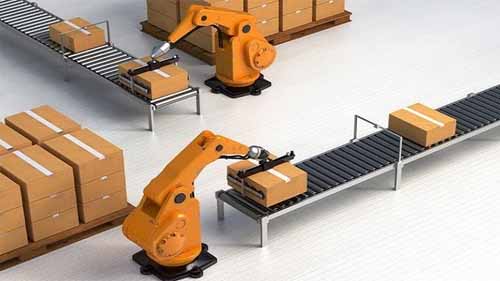
Source: Pinterest
Tasks that used to take ages to fulfill can now be done at over ten times the speed without compromising on the quality of the work. The robotic palletizing system is not as simple as it may look and sound; sometimes, it can be so complicated, leading to eros when handled by people. But where programmed robots are involved, the work becomes error-free, faster and there are reduced chances of accidents happening at the palletizing floor. With high speeds comes higher production, which in turn lowers the costs.
Safe for Human Workers
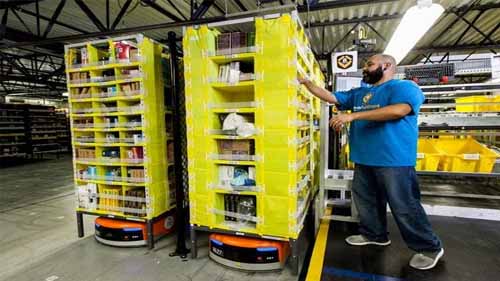
Source: Pinterest
In situations where collaborative robots are used, causes of accidents and injuries have almost been eliminated. The collaborative robots are equipped with highly advanced proximity sensors that enable them to know when they are next to a human, allowing them to reduce any erratic movements. When you consider the firepower of a robotic bag palletizer, then you have a very efficient system that not only works alongside human beings safely but gets the job done at a much faster rate as they have the capacity to handle heavy loads at a much faster rate. This eventually reduces the production costs and increases profits, leaving more money for the benefit of the human workers.
Lowers Production Costs
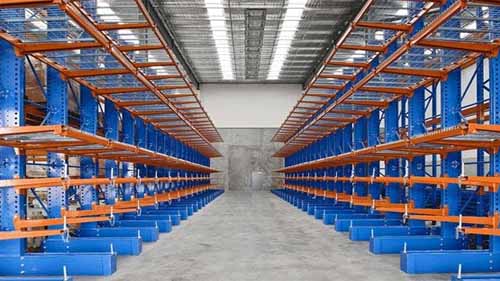
Source: Pinterest
The time it takes for some tasks to be completed has been reduced significantly and this has cut down the turnaround times of specific production tasks. Back in the day where manual palletizing was still a thing, the job used to require a lot of manpower because of the heavy nature of the goods. At times a group of 10 people would be needed to handle just a single palletizing process. This used to lead to shoddy work, slow process, and injuries.
However, a single manufacturing robot has the ability to do what used to be done by many people; this has lowered the cost of having to hire huge numbers of people, redirecting those funds into more important areas that require improvement. The health insurance costs that come with having to compensate injured works have also disappeared. This has cut down the costs of operations by a huge margin.
Less Damaged Goods
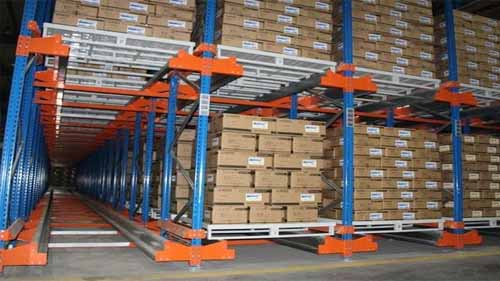
Source: Pinterest
Palletizing is an intense job, and where heavy goods are involved, there are bound to be some accidents that lead to damages. This becomes especially rampant in the old systems where human workers had to handle most of the work. It would take years for a single individual to rack up enough experience enough to make them decently accurate at their job; by that time, the number of damaged goods would be astronomical.
With palletizing robots, on the other hand, are strong and gentle at the same time. They are programmed to deal with the most minute of details, and this not only boosts their accuracy and speed, but they are able to handle heavy loads without dropping them or leaving a scratch on them when goods arrive at their destination undamaged, which means more money for the company.
Easy to Program
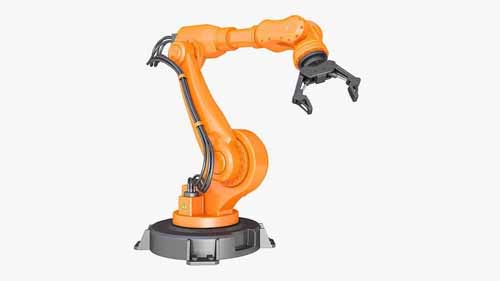
Source: Pinterest
One of the things that make palletizing robots so efficient and reliable is the ease of programming them. Once a robot leaves the assembly plant and is put to work, all you could ever need to do is update the program and make tweaks to suit any changes that you feel would increase productivity. The robots are able to follow even the simplest of commands to get the most complicated tasks finished in record time. When compared to a human who is slower even when they do master the job, palletizing robots don’t require any training. They simply execute the commands they are fed and continue to do the work until they are stopped.
Works with Range of Products
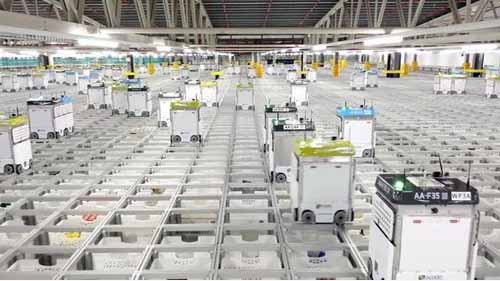
Source: Pinterest
Palletizing robots are not limited to one type of product; they can handle huge products, and at the same time, deal with tiny objects; it all depends on what you want to be done. You can switch up the packaging style as many times as you want to suit the exact dimensions of the product in question. They come with arm tooling that can be customized to handle what each department of the manufacturing plant is specialized in. There are even some advanced palletizing robots that can handle different kinds of packaging in one beat without any need of reprogramming them for each task. That is a level of versatility that human workers can never hope to achieve.
Scalability
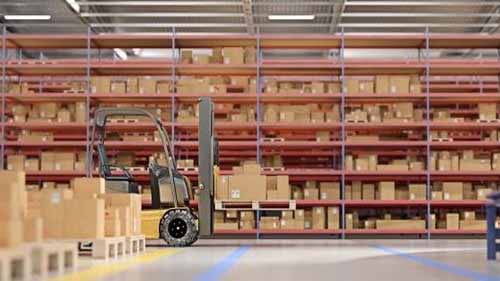
Source: Pinterest
In the past, the cost of taking the production to the next phase used to cost a lot because it meant having to train more people to handle the intricate tasks, and at times this ended taking too much time because you cannot teach experience. With palletizing robots, however, the scalability is much easier because all you need to do is tinker with the programming, increase the capacity of the robots, and production will pick up from where it left like it never stopped. When the demand drops off again in the future, everything can be scaled back down just as easily.
Things to Consider when Choosing a Robotic Palletizer
As much as automating the manufacturing process is a good idea, you have to be very careful about the machines you choose to go with, especially where palletizing robots are involved. There are many robotic palletizer manufacturers out there, each making grand claims about their products; it is easy to be swayed by the optics. However, you have to pay attention to other more important factors that include the following.
Reliability
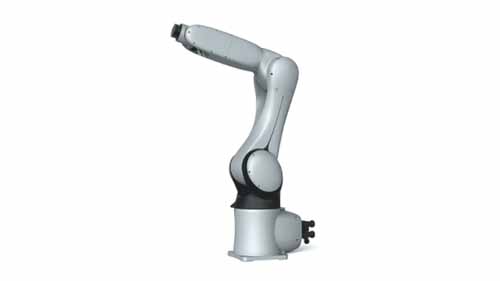
The entire idea of going with a palletizing robot arm as opposed to sicking with human workforce is to increase efficiency. To that end, the robot has to demonstrate its abilities of being reliable to the point where it can comfortably handle the work meant for ten people. Not all palletizing robots are the same, and depending on the robot maker; they may vary in performance and other functional areas. Therefore, determine first that the machine you are investing good money into can handle what it claims.
Adaptability
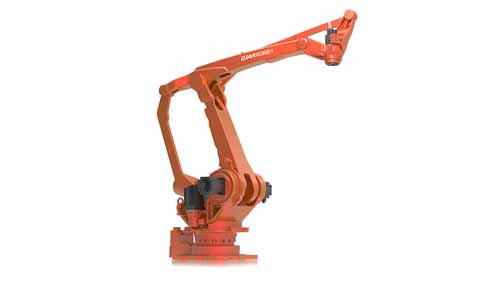
Manufacturing technologies change way too fast. What is hot today can be rendered obsolete the next day without any warning, and if you have robots that are not adaptable, you will find yourself dealing with expensive redundancies that could bankrupt your entire operation. Get palletizing robots that are flexible and adaptable, the type that can take on new technology and continue working without losing any step.
When making the selection or the purchase, make sure you ask some serious questions in anticipation of the future. Most of these robots are made of quality materials and are meant to last you a good ten years on the minimum with heavy use. It would be a huge loss if the new machines became disabled because they are not compatible with a simple technological update.
Versatility
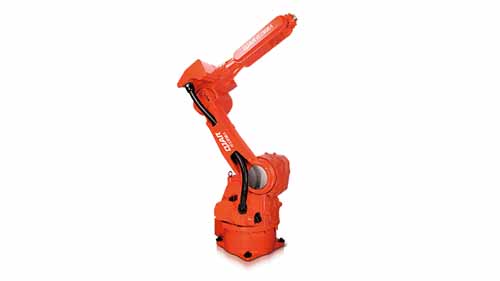
Unless you are using dedicated palletizing robots, then you have no reason to limit yourself to a one-dimension root. You have to think big and go for something that will handle several jobs during downtimes. Collaborative robots, for instance, can multitask, handling palletizing when the work is through the roof and the workload is manageable; they can be transferred to sorting and packaging. This is the kind of arrangement that will save a lot of money as you would be killing several birds with one stone. Robots are not cheap, and for this reason, you have to think out of the box and find a way to take advantage of their many abilities.
Technical Support and Maintenance
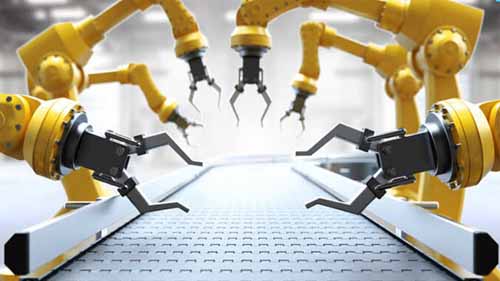
One of the drawbacks to industrial automation is the need for regular checks on the machines to make sure they are performing as they should and that there are no damages being suffered in the background. When choosing a set of palletizing roots, make sure that you have a technical team that’s well versed with how they operate so that when they break down, they can be dealt with in-house palletizing quickly.
The biggest blunder you can make in this regard is going for sophisticated machines that can only be maintained and managed by the manufacturer. This would put the entire operation at the mercy of a third-party, disabling production over something that could be solved with a technical team that knew what it was they were dealing with.
Pallet Quality
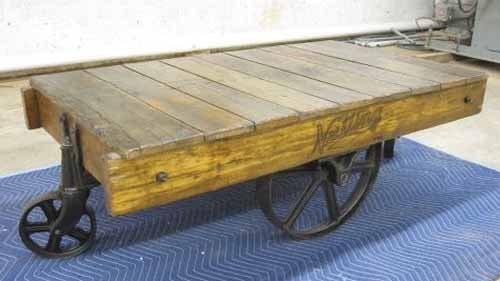
Source: Pinterest
The pallet quality is as vital as the machines that are handling the process. This is something that is often overlooked and that usually leads to problems down the line. The palletising floor has to be designed for the process, and this means that it should be clean, safe, and free of moisture. Pallets are mostly made out of wood, and when they are exposed to water, they become soft and soggy, and this may affect the products they are holding, undermining their integrity.
You have to also pay attention to the size of the pallet. Only manageable stack layers that will be easier to handle rather than go for tall layers that stand a risk of collapsing or crushing the products being packaged. Getting all these details right is not hard; you simply have to be careful with the small details as they are the ones that may unravel everything just when you think you have things covered.
Employee Training
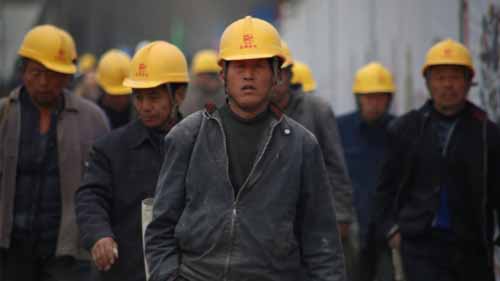
Source: Pixabay
Automating manufacturing doesn’t mean the factory is turned into an autonomous machine-only setting; you will still need some human workers to run and oversee their operations. For this to be seamless, they will have to be trained on how to operate the robots, how to set them right, how to do minor adjustments and maintenance. All this may cost a significant amount of money, but it beats having workers figure things out as the machines operate; that would be a recipe for unmitigated disaster that could lead to more expenses.
Law Requirements

Source: Pixabay
The procurement of the palletizing robot arm has to be in line with the laws that govern the use of machines. Among the many regulations, you have to adhere to are the safety rules that see to it that everyone who is working on the factory floor is safe from harm at all times. There are robotic systems that also determine how the use of machines is done in manufacturing processes. The most common one is the CAT 3 control system requirements which is a long list of rules that were designed to make sure that machines and humans work in an environment that minimizes contacts as much as possible to reduce chances of injuries.
The Budget and Availability

Source: Pixabay
As mentioned earlier, automating even a small part of the manufacturing line is no easy thing to do, it will cut deep into your funds in a way that could leave you exposed if you don’t do it with a good plan in mind. A medium-sized factory will have a good number of palletizing robots, and no matter the discounts are given, you will still end up a lot of money in the process. But when you consider the long-term benefits, then the palletizing robot cost is worth every penny.
You should also get your robots from a manufacturer that’s not too far away from your plant. This is especially vital if you don’t have a reliable technical team to deal with minor complications. It may reach a point where you may have to rely on technicians from the manufacturer, and if they are overseas, that may pose a challenge for you.
Conclusion
Here at EVS robotics, we pride ourselves as the home of innovation and technology. We have been in the game for a while now, and that gives us ample experience in robotics that has enabled us to come with some of the best solutions in the market. If you are looking to automate your manufacturing business anytime soon using a cobot palletizer but are lost on what direction to take, feel free to get in touch with us at your earliest convenience and have all your questions handled by our team of qualified experts who will guide you in the right directions
